In the heart of Fishtown is a light blue door that opens into a world where 3-year-olds count “pills” made of pom-poms; build storm drain models; and start to imagine themselves as doctors, engineers and scientists.
That’s the vision behind STEM Prep Academy, founded by Renee Harris, who saw first hand how early exposure to the curriculum – or the lack of it – can shape a child’s confidence and future.
A former pharmacy professional turned teacher, Harris built the academy from the ground up to provide kids with the kind of hands-on, career-based learning she never had. Today, STEM Prep isn’t just where kids learn science, technology, engineering and math; it’s a place where they see themselves represented, discover their confidence and begin to imagine what’s possible.
We caught up with Harris to discuss what it took to build STEM Prep Academy, how she found her home in Fishtown and why even her youngest students are showing that STEM can truly be for everyone.
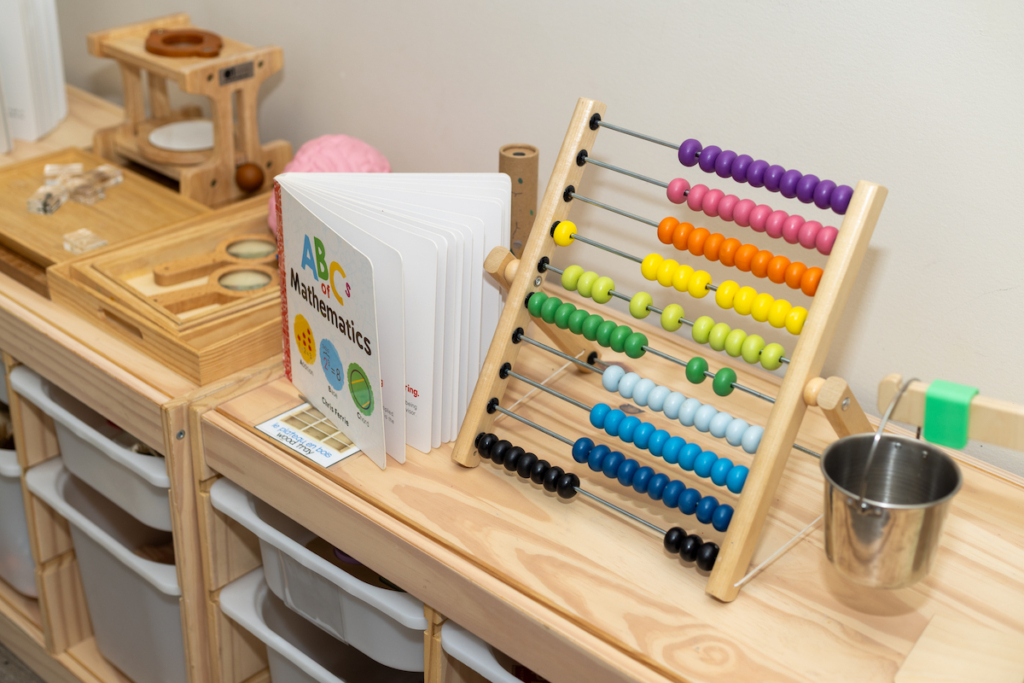

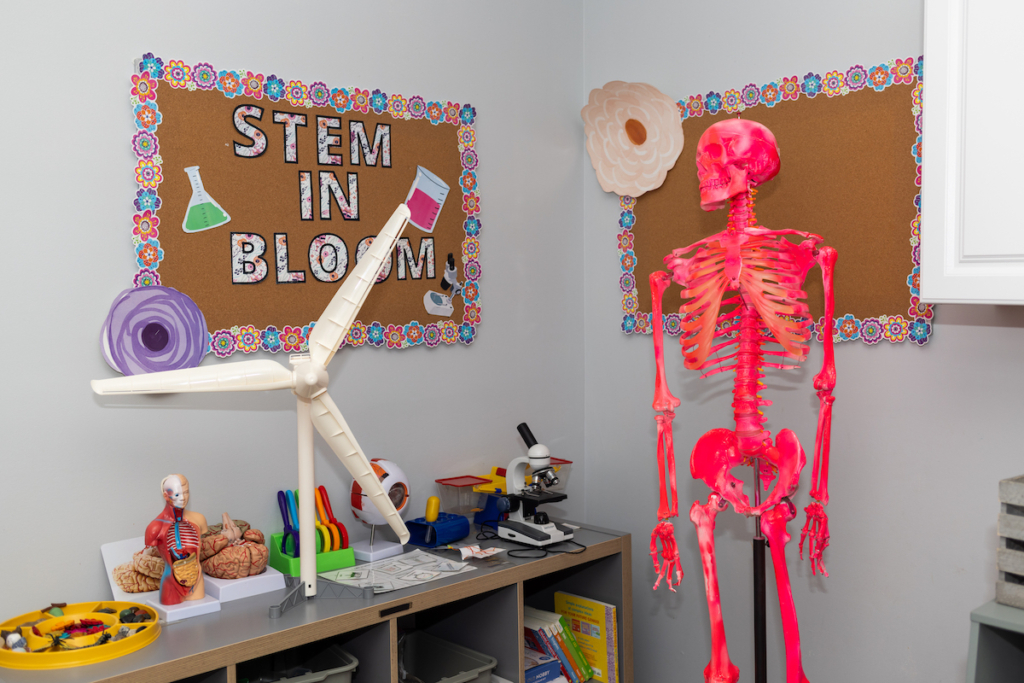
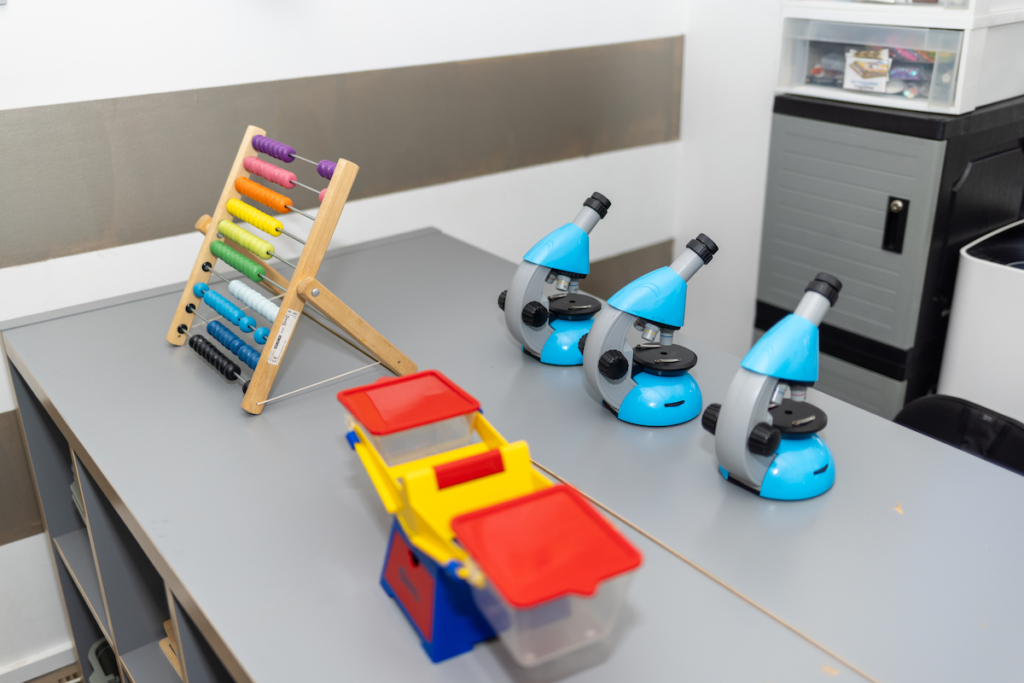


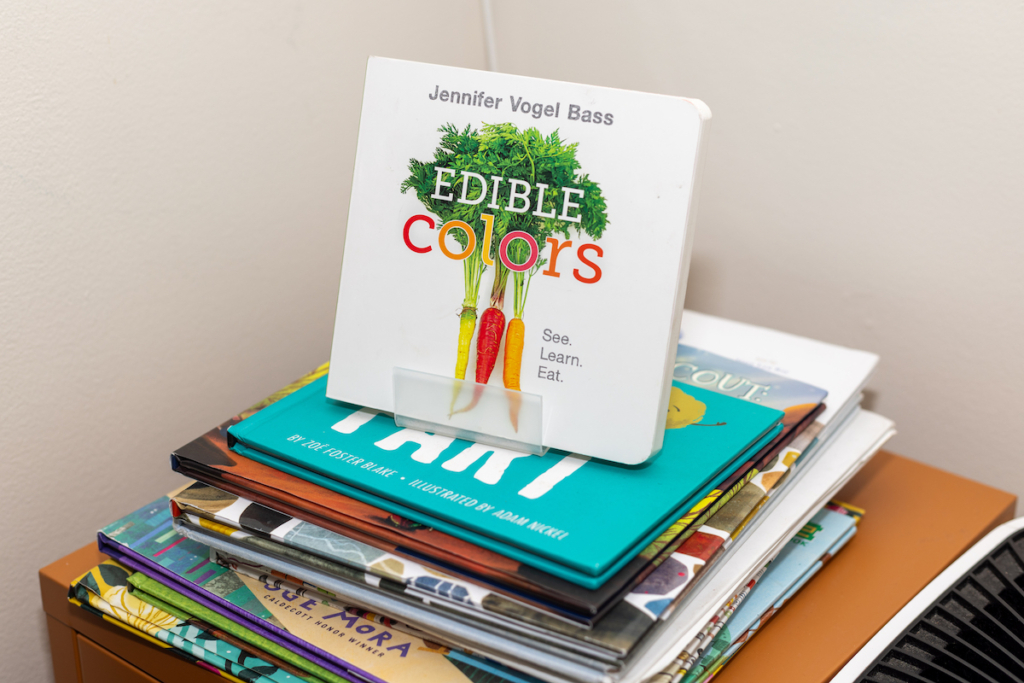
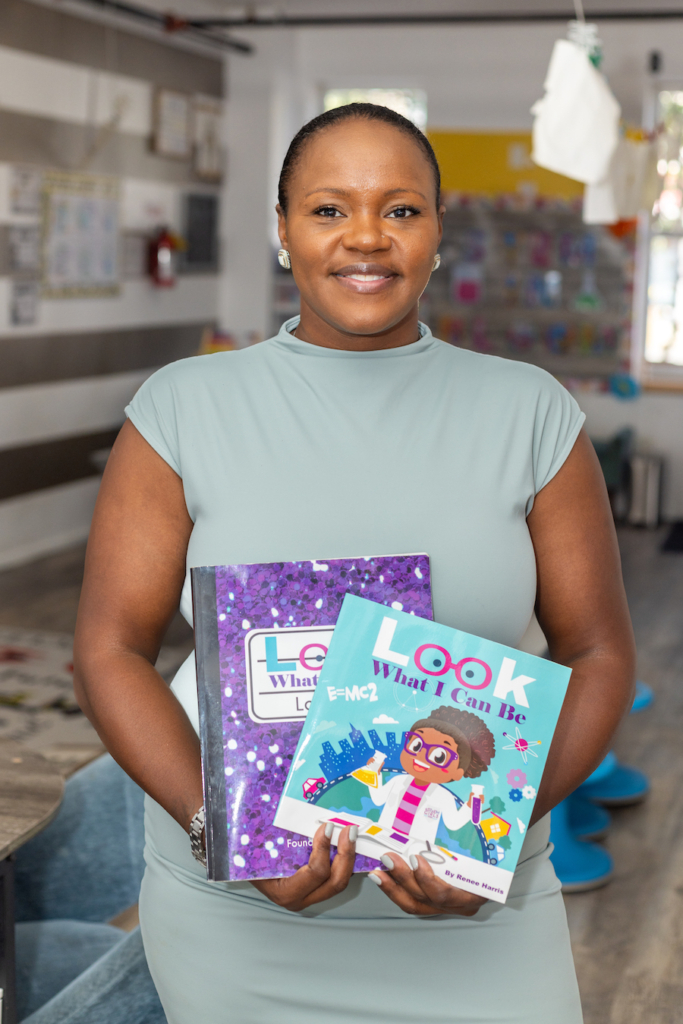
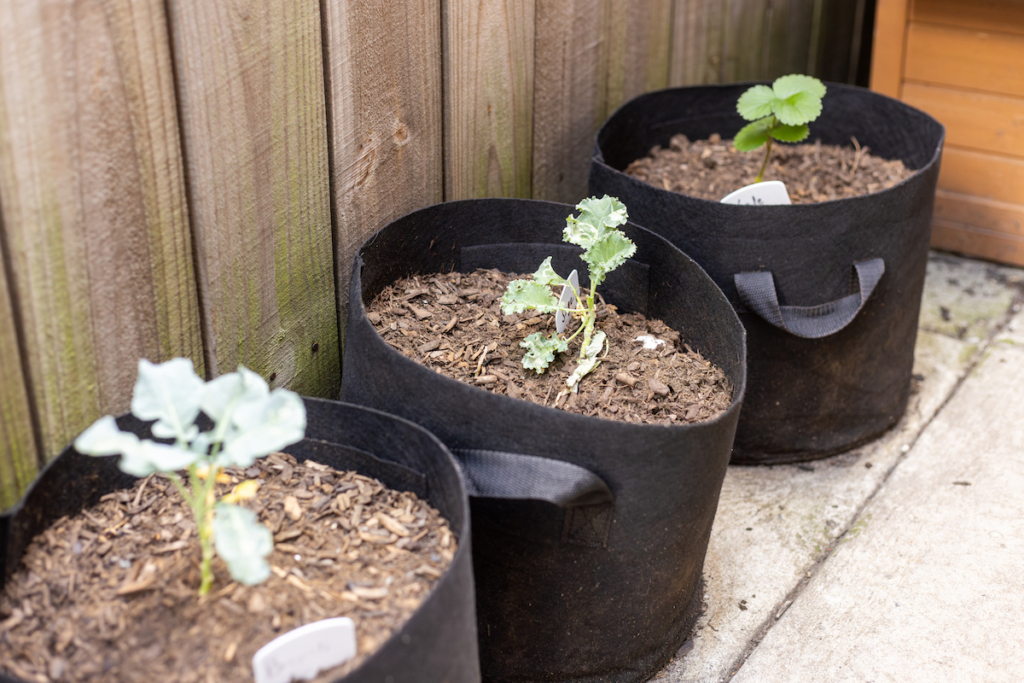
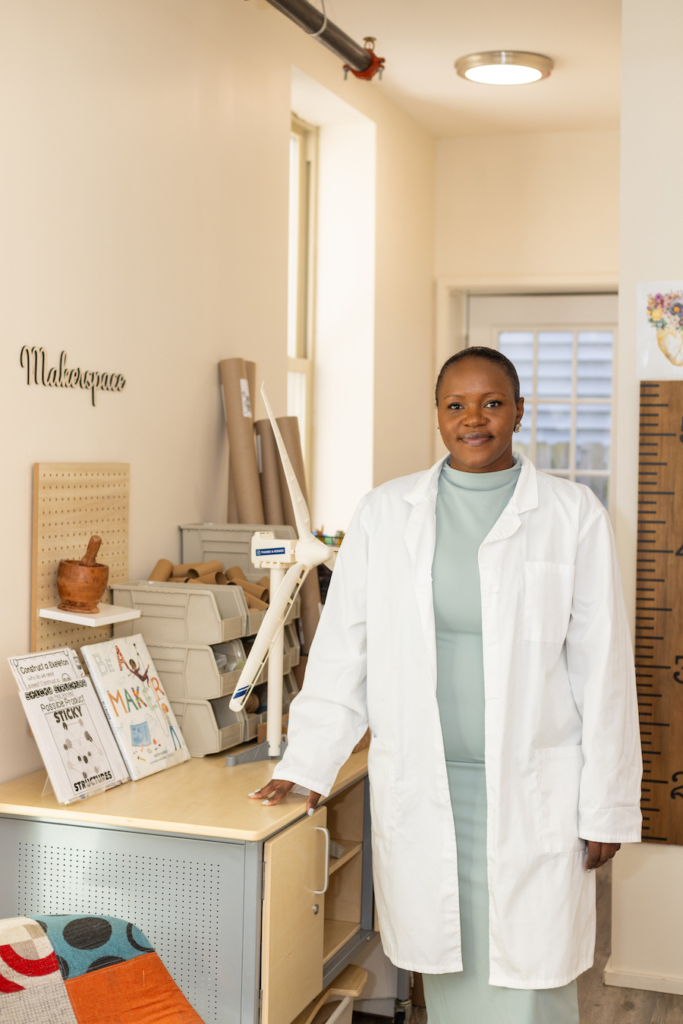
How did STEM Prep Academy begin? What inspired you to start it?
I started STEM Prep to give children what I didn’t have myself growing up. I saw the disparities in older children, the lack of confidence in STEM, the limited exposure, and I knew those gaps could be addressed much earlier. My goal was always to open a full, pre-K-to-4 school, but at the time I didn’t have the capital to make that happen. So I started with something smaller, building STEM Prep as a place where young children could get early, hands-on STEM experiences that would change how they see themselves and what’s possible for their future.
Why did you choose Fishtown as the location for the school?
I like to say I didn’t choose Fishtown, Fishtown chose me. I was actually looking at commercial spaces in other areas when my Realtor said he wanted to show me one more location. That spot happened to be in Fishtown. A while before that, I had a dream that I was in a commercial space with a blue door. When we pulled up (to the location), the door was painted light blue, and in that moment, I knew that was the place for me.
Your mission is to promote hands-on, integrative learning. Can you give an example of what that actually looks like in a classroom?
Every week, we focus on a particular STEM career. For example, “p” is for pharmacist. We use an integrative approach that brings in all four STEM areas while keeping it fun and age appropriate. In our pharmacist lesson, we started by explaining the job. We set up a “pharmacy” in the classroom with empty medication bottles, fake prescriptions and colorful pom-poms as pills. The children become pharmacists for the day. They read their pretend prescription, count out the correct number of pills and place them into the bottle. We tie in science by having them observe and sort pills by color, size and shape.
Technology comes in through our book read-aloud on the smart board about being a pharmacist. Engineering is in the problem solving, matching the prescription to the right number of pills and making sure the bottles are filled correctly. Math is front and center as they count, compare and double check their quantities. It’s
playful, but it’s also real skill building: fine motor practice with tweezers, early math concepts, understanding responsibility and learning about a STEM career they might never have thought about before.
By the end, they can tell you why counting pills accurately matters and what a pharmacist does to help people stay healthy. That’s what integrative STEM looks like here. It’s all connected, and the kids are learning without even realizing how much they’ve just mastered.
Representation in STEM is still an issue. How is STEM Prep helping to close that gap for students?
We make sure our students see scientists, engineers, doctors and innovators who look like them. As much as possible, we bring professionals in to visit our students, or we take the children to meet and work with them in their own spaces. We read stories about diverse STEM leaders, use them as examples in our lessons and make it clear that STEM isn’t just for a certain “type” of person.
By giving our students early and consistent exposure, they’re not just learning the skills, they’re building the belief that they belong in these fields. I also do this through my all-girls STEM organization, Esteem Girls, which focuses on empowering girls in grades 3 to 8 who are under-represented in STEM. We offer free programming to give them access and opportunities they might not otherwise have.
What are some values you try to instill in your students that go beyond academics?
Number one is integrity. I’m always talking to them about doing the right thing, even when no one is there to see it. I want them to try their best and be willing to try things out without telling themselves, “I can’t do this.” That’s never an option here. Teamwork and respecting different ideas are also big, because STEM is never just one person working alone, it’s about solving problems together.
What are some of your most popular and fun classes? And for what ages?
One of our most popular programs is our STEM Saturday series, which runs every second Saturday from October to March. Children come from all over to participate, and because we have a wide age range – 3 to 10 – siblings often attend together. Each year has a different theme, so it’s always fresh and exciting. Another favorite is our Mini Med Camp, which we host every two years. Students love learning about different types of doctors each week, doing simulated operations and even dissections on sheep hearts and brains. They act freaked out, but they’re excited at the same time, and it’s always a highlight.
Looking ahead, what’s your dream for the school in the next few years? Any big goals or projects you’re excited about?
I want to expand our Travel STEM classes, which are programs we bring directly to schools, centers, preschools and organizations so children can experience hands-on, career-based STEM without having to leave their own environment. We come in with all the materials, set up engaging lessons and give students the same quality of programming they’d get if they came to us.
A big dream of mine is to launch a mobile STEM lab, a mini bus or van that’s fully equipped as a traveling classroom. It would allow us to pull right up to a school, community center or neighborhood and transform the space into a STEM learning hub. This would make it possible to reach children in areas that don’t always have access to programs like ours. My ultimate goal is to make early, hands-on STEM learning something every child can experience, no matter where they live or what resources their school or community has.
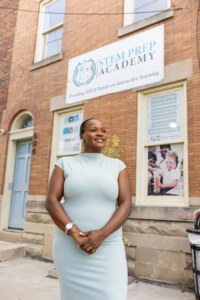
Stem Prep Academy
602-604 East Girard Ave.,
Philadelphia, just off 95 and Delaware Avenue.
Phone: (267) 687- 2402
Website: https://stempreparatory.org
Email: info@stempreparatory.org
Hours:
Monday through Friday, 7:15 a.m. to 6:15 p.m. Saturday: 11 a.m. to 3 p.m.
Sunday: Closed

